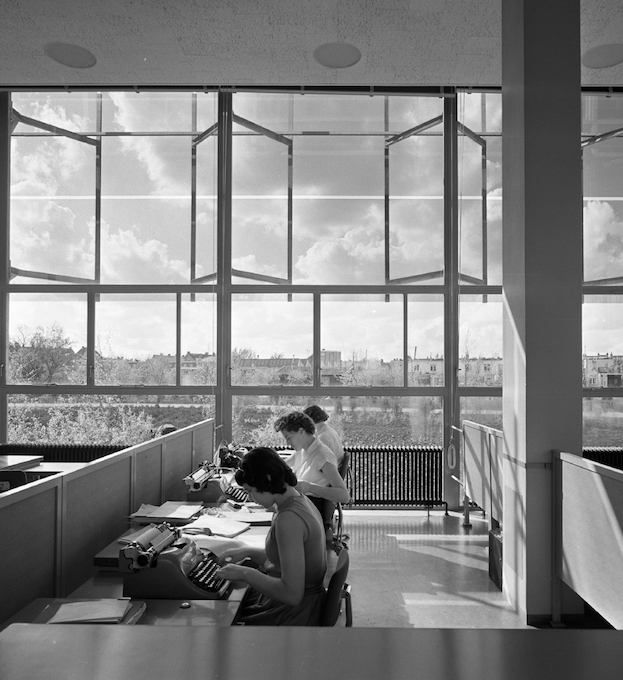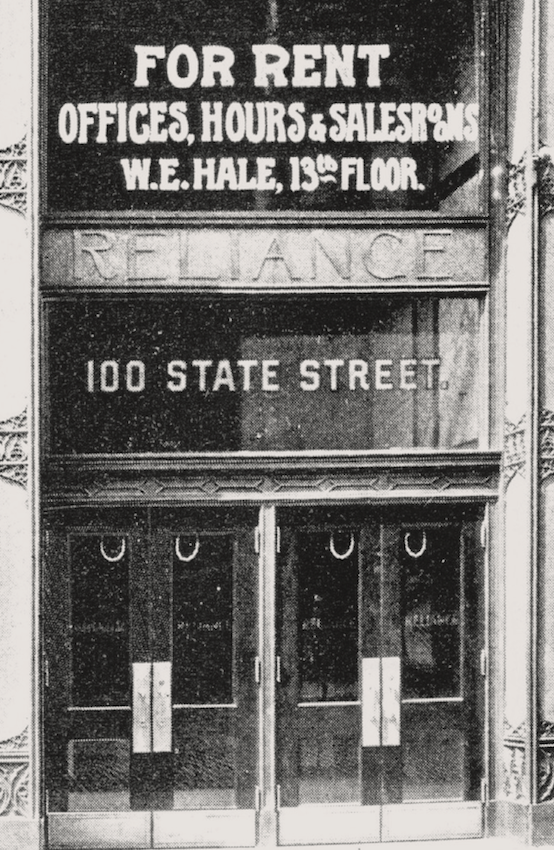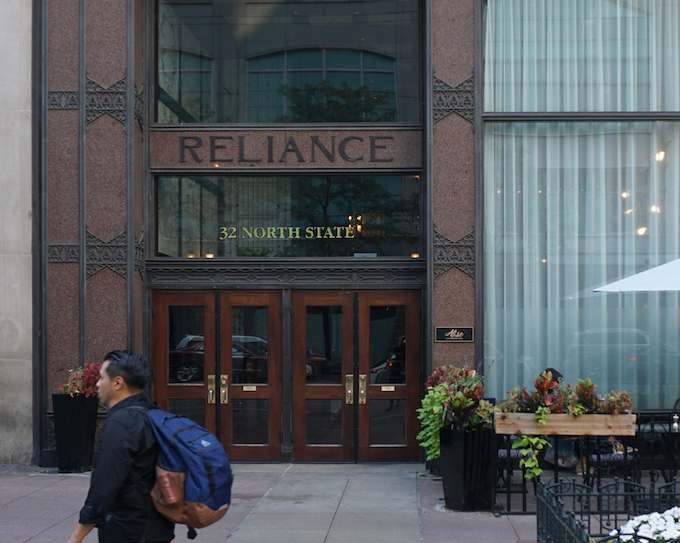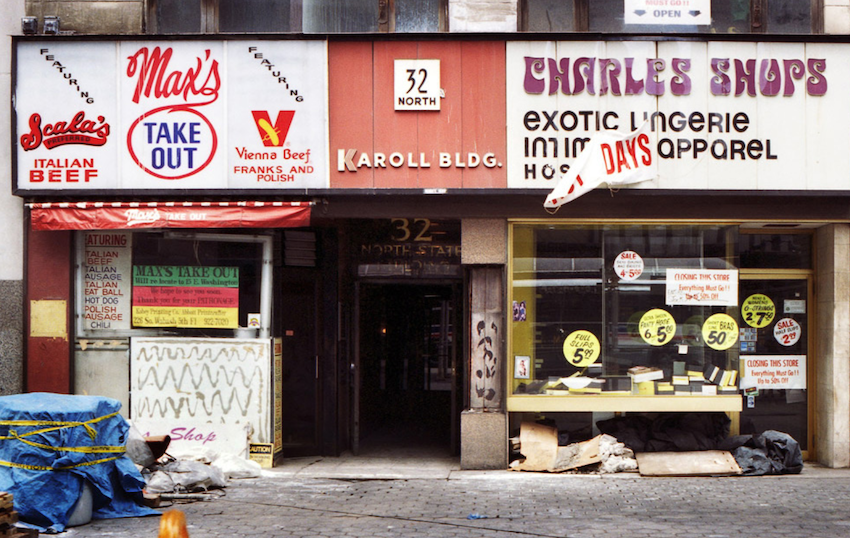The Reliance building, 1895
Architects: Burnham and Root Chicago

Back to the office:
A series
STEPHAN PETERMANN, RUTH BAUMEISTER & MARIEKE VAN DEN HEUVEL
Back to the office
As people are returning to their offices, so is the blah-blah-blah about office space optimization. Stripped, rethought, and renewed: the office of the future!
But what can be learned from the office of the past? Stephan Petermann, Ruth Baumeister and Marieke van den Heuvel wondered what endures. They’ve researched landmark office buildings that still function as offices today, studying archival documents, photography past and present, contemporary interviews and criticism, and compiled their findings in their bulky book, Back to the office: 50 revolutionary office buildings and how they sustained. They bring us to four of these locations:
The Reliance Building is a revolutionary pigeon haven (Chicago, USA)
Aarhus City Hall is a Gesamtkunstwerk (Aarhus, Denmark)
The Shizuoka Press and Broadcasting Center is a Metabolist pearl (Tokyo, Japan)
The Van Leer headquarters is not a « troubling fish tank » (Aalsmeer, Netherlands)


The Reliance building in Chicago, 1895
In 1895 the Reliance building’s steel frame was erected in fifteen days. It expressed a revolutionary agenda in architecture: a novel riveted steel-frame superstructure that would clear high-rises of load-bearing interior walls, enabling completely open spaces, with maximized flexibility over time. The integrated building system would include custom steel members, « self-cleaning » glazed white terra cotta facade tiling, and unusually large sheets of plate glass, to flood the interior with natural light. Within four months the shell was completed. The new construction method limited waste, dust, and much of the usual construction debris, prompting the Chicago Daily Tribune to call its construction magical.
The Reliance reached peak capacity in 1920, with more than three hundred tenants, all of them linked to medical services. Doctors rented practice spaces by the hour. Its most famous and notorious occupant was Al Capone’s dentist. In the 1930s parts of the cornice fell to the street below. Occupancy began to drop due to the emergence of new healthcare practices and hospitals in Chicago’s periphery. New occupants took their place: jewelers, photographers, fortune tellers. Several larger companies started using more floor space. The ground floor became a patchwork of different storefronts.


The Reliance building in more recent times, photos by Jared Younger.
But in 1941 architectural historian Siegfried Giedion identified the Reliance as a milestone: although its glazed white tiles have become encrusted with dirt, the glass tower was still standing, « a witness to the best of the spirit of the nineteenth century » and « an architectonic anticipation of the future ». In the 1990s, occupancy was twenty percent. The mayor labeled the Reliance a « pigeon haven ». But by the end of the decade the building, after a huge investment, was transformed into The Hotel Burnham, and won awards for its faithful restoration of the Reliance. The original 250 medical rooms were converted into 122 hotel rooms.

The Reliance building in more recent times, by Jared Younger.
The other buildings in this series:
Aarhus City Hall is a Gesamtkunstwerk (Aarhus, Denmark)
The Shizuoka Press and Broadcasting Center is a Metabolist pearl (Tokyo, Japan)
The Van Leer headquarters is an admirably troubling fish tank (Aalsmeer, Netherlands)